
Scientists Create Usable Hydrogen Fuel Using Only Water and Sunlight
In what sounds like a storyline lifted from a futuristic novel, scientists in Japan have developed a prototype that produces hydrogen fuel from nothing more than water and sunlight. That’s right—no oil rigs, no gas plants, no power-hungry factories. Just a sleek little device soaking up sunbeams and turning water into clean energy.
If you’re thinking, “Wait, what? How is that even possible?”—don’t worry. Let’s unpack it.
☀️ Sun + H₂O = Clean Energy? How This Works
The prototype uses photocatalytic sheets, which are just a fancy way of describing materials that react to sunlight. When placed in water, these sheets use the sun’s energy to split water molecules into hydrogen and oxygen.
It’s a chemical process, but think of it as the machine version of photosynthesis. Plants use sunlight to make food. This tech uses sunlight to make fuel.
The best part? This process doesn’t need any electricity at all—just sunshine and water. If scaled up, it could offer a game-changing way to create green hydrogen, the kind that doesn’t rely on fossil fuels or dirty emissions.
🔋 Why Hydrogen Is the Fuel Everyone’s Watching
Hydrogen is often hyped as the next big thing in clean energy. When burned or used in a fuel cell, it only emits water vapor—no carbon dioxide, no smog, no guilt.
But most hydrogen today isn’t green. It’s made using fossil fuels through energy-intensive processes that contribute to pollution. That version is called “gray hydrogen,” and it’s not helping the planet.
So, when researchers figure out how to produce hydrogen using only sunlight and water, they’re not just making fuel—they’re rewriting the rules of energy production.
🧪 This Isn’t Just a Lab Trick: Three Years in the Sun
Plenty of scientific inventions work well in perfect lab conditions, but fall apart when they meet the real world.
This one didn’t.
The Japanese team let their reactor operate outside under natural sunlight for three full years. It continued producing hydrogen the whole time, showing that this isn’t just some delicate, fair-weather setup. It works even when the clouds roll in.
Related Story : Australia’s Sun-Drenched Land Could Turn Into the World’s Hydrogen Powerhouse
Australia isn’t just famous for kangaroos, the Outback, or its pristine beaches—it’s also a sun-drenched continent with vast open spaces and almost endless sunshine. That natural gift is now being reimagined not just as a source of vitamin D, but as a critical ingredient in the race to power the future: hydrogen.
Across regions like Western Australia and the Northern Territory, a number of projects are now experimenting with solar-powered hydrogen production. Instead of plugging into dirty grids or burning fossil fuels, these operations use enormous arrays of solar panels to collect sunlight and power a water-splitting process (similar to the one the Japanese scientists are using).
What’s especially clever is that some of these projects are using seawater, rather than freshwater, to generate hydrogen—an important innovation for a dry country like Australia. Through desalination or direct electrolysis with special catalysts, this approach avoids tapping into precious inland water supplies.
One major vision? To produce green hydrogen in the desert and ship it overseas in liquid form—sort of like exporting sunshine in a bottle. Japan and South Korea are already lining up as eager customers. If the vision becomes reality, Australia could transform from a coal exporter to a renewable energy titan—not just for itself, but for much of Asia.
Read more: The Amount of Electricity Now Being Generated From Solar Is Unbelievable
Hyundai’s Hydrogen Trucks Hit the Roads of Europe
While researchers are busy figuring out how to make hydrogen cleaner and cheaper, car manufacturers are already rolling it onto the streets. Hyundai, the South Korean auto giant, has been quietly leading the charge with its line of hydrogen-powered trucks—called XCIENT Fuel Cell.
These trucks aren’t science experiments. They’re already delivering goods in Switzerland, emitting nothing but water vapor from their tailpipes. Compared to diesel-powered freight trucks, they offer a quieter, cleaner alternative with longer ranges and faster refueling times—making them especially attractive for commercial use where efficiency matters.
Hyundai’s plan doesn’t stop there. The company aims to expand its fleet of hydrogen vehicles across Europe, the U.S., and eventually Asia. And it’s not just trucks—they’re also continuing to improve their hydrogen car, the Mirai, a sleek sedan that runs on fuel cells and has a growing cult following among green-tech enthusiasts.
Of course, these vehicles need hydrogen refueling stations, which are still few and far between. But as production methods like the Japanese reactor become more viable, the missing pieces of the hydrogen puzzle could finally fall into place.
Iceland’s Volcanoes Are Cooking Up a Hydrogen Future
While Japan and Australia are focusing on solar-powered hydrogen, Iceland is taking a rather geologically unique route: it’s tapping into the fiery depths of the Earth.
Thanks to its volcanic activity, Iceland is practically bubbling with geothermal energy. This natural heat source already powers nearly all the country’s electricity and heating systems. Now, Icelandic scientists and engineers are looking to convert that same geothermal power into green hydrogen.
Here’s how it works: geothermal power plants generate electricity by capturing steam and heat from beneath the Earth’s crust. That electricity can then be used to split water molecules through electrolysis, producing hydrogen fuel without any carbon emissions.
One ambitious project, led by a company called Icelandic New Energy, is focused on turning the country into a hydrogen exporter. The goal? To eventually ship clean hydrogen to Europe via specialized tankers, allowing countries without Iceland’s geothermal perks to benefit from its renewable riches.
This method doesn’t rely on sunlight or vast solar fields. Instead, it’s a steady, 24/7 energy source that doesn’t fluctuate with weather or time of day. In a way, Iceland is harnessing the Earth’s inner fire to fuel a cleaner world.
🌎 Why This Discovery Matters for the World
Imagine a future where developing countries don’t need to build expensive gas pipelines or coal plants to meet their energy needs. Instead, they could install small, solar-powered hydrogen systems and create clean fuel locally.
This could:
- Help reduce global carbon emissions
- Provide energy independence in remote areas
- Offer a clean fuel alternative for shipping, trucking, and air travel
It’s not a far-off fantasy. It’s becoming real—step by step, innovation by innovation.
🌱 In Conclusion: Turning Sunshine Into Fuel Is No Longer Just a Dream
While the prototype in Japan still needs work, it represents a giant leap toward a cleaner, quieter, and more sustainable future. Using something as abundant as water and something as free as sunlight, scientists are showing us that the answers to our biggest energy problems might be right in front of us—literally falling from the sky.
With similar breakthroughs happening around the globe—from Australia’s deserts to Iceland’s volcanoes—the hydrogen revolution might not just be on the horizon. It could be knocking on the door.
TL;DR Recap:
- Japanese scientists created a reactor that makes hydrogen using only water and sunlight.
- The tech has been tested outdoors for 3 years with real sun exposure.
- It could revolutionize clean fuel, though efficiency and safety still need improvement.
- Similar hydrogen projects are popping up worldwide—from Iceland to Australia.
- This tech could power the clean, green future we’ve all been waiting for.
News in the same category

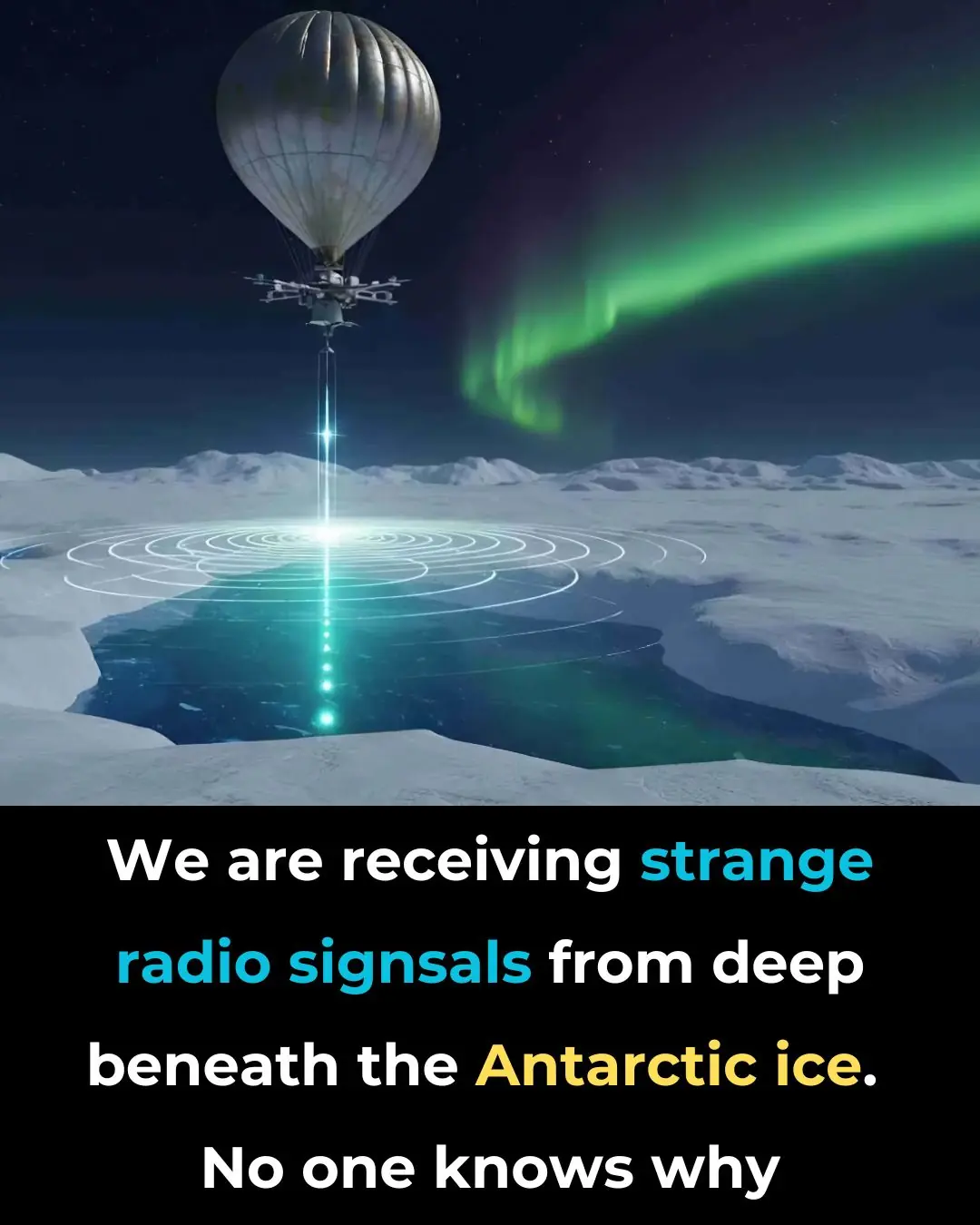
We are receiving strange radio signals from deep beneath the Antarctic ice. No one knows why.

Healing Power And Important Safety Tips Of Castor Leaves

Man Kicked Out of Dubai on £3,000 Holiday Over His Face Tattoos
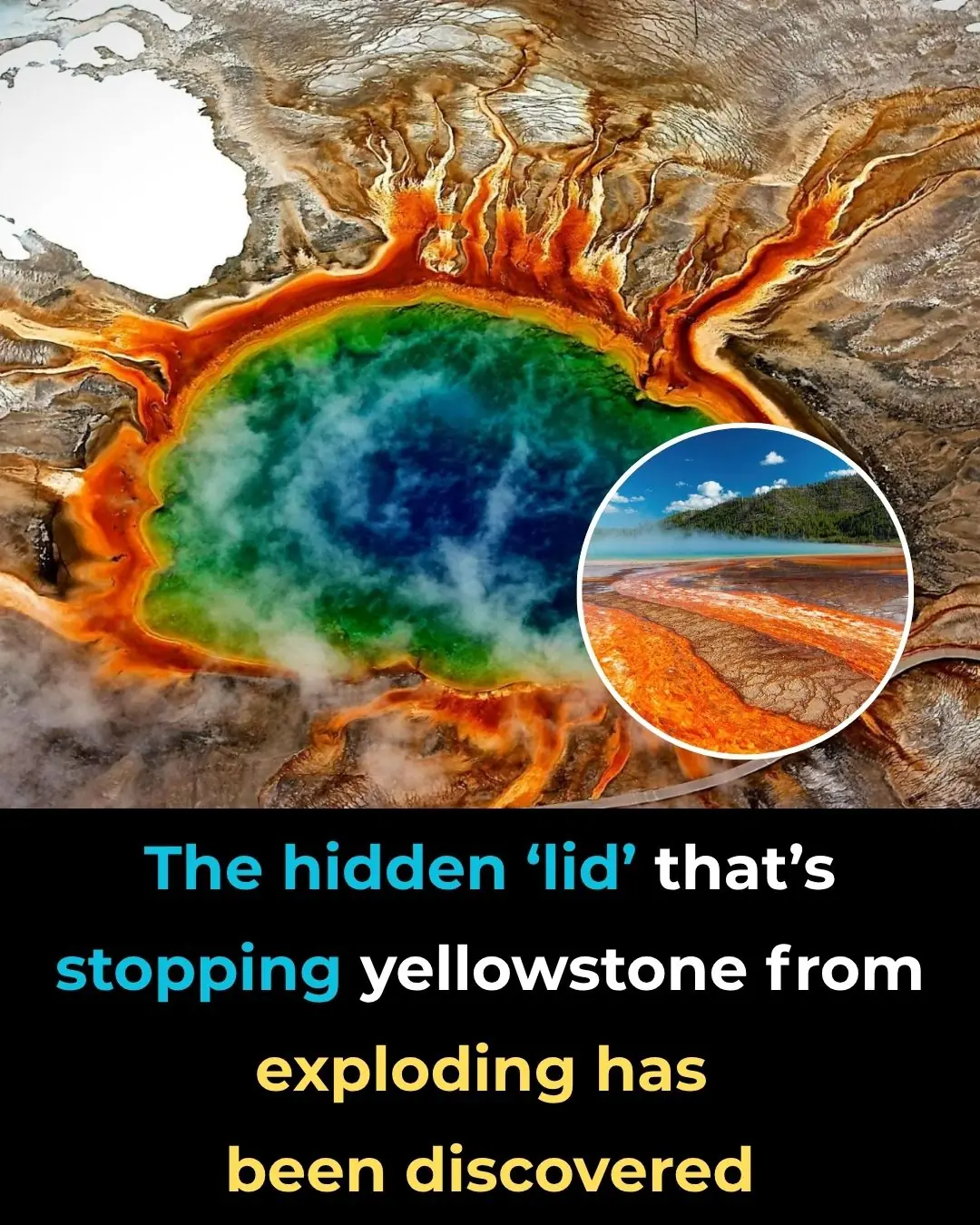
The hidden ‘lid’ that’s stopping Yellowstone from exploding has been discovered
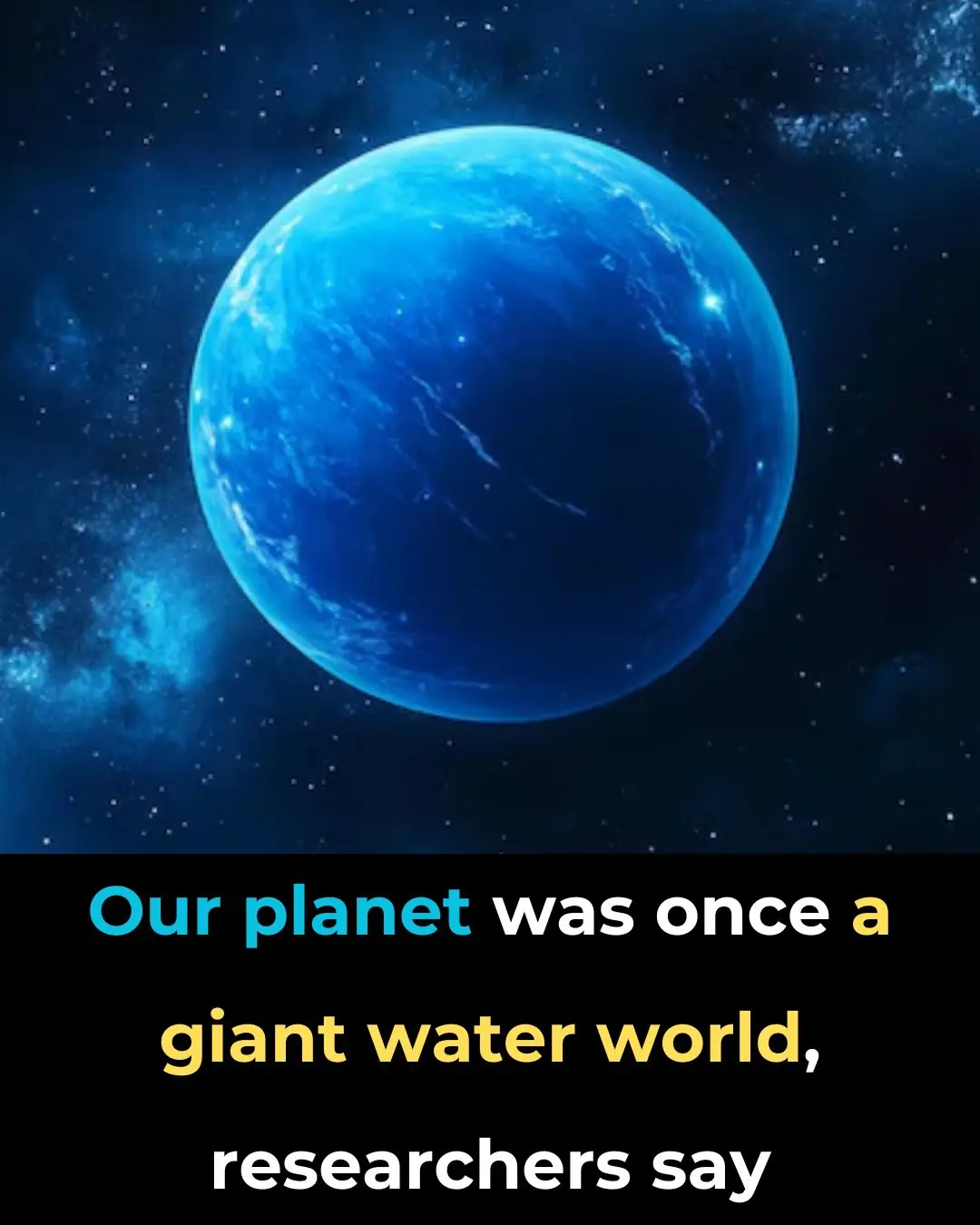
Our Planet Was Once a Giant Water World, Researchers Say

AI is Finally Learning to Translate Cat Meows Into Human Speech. Here Are the Tools to Try

What causes the green ring around hard-boiled eggs?

Scientists Say More Animals Are Conscious Than We Ever Imagined—Even Insects

5 foods you should never keep overnight
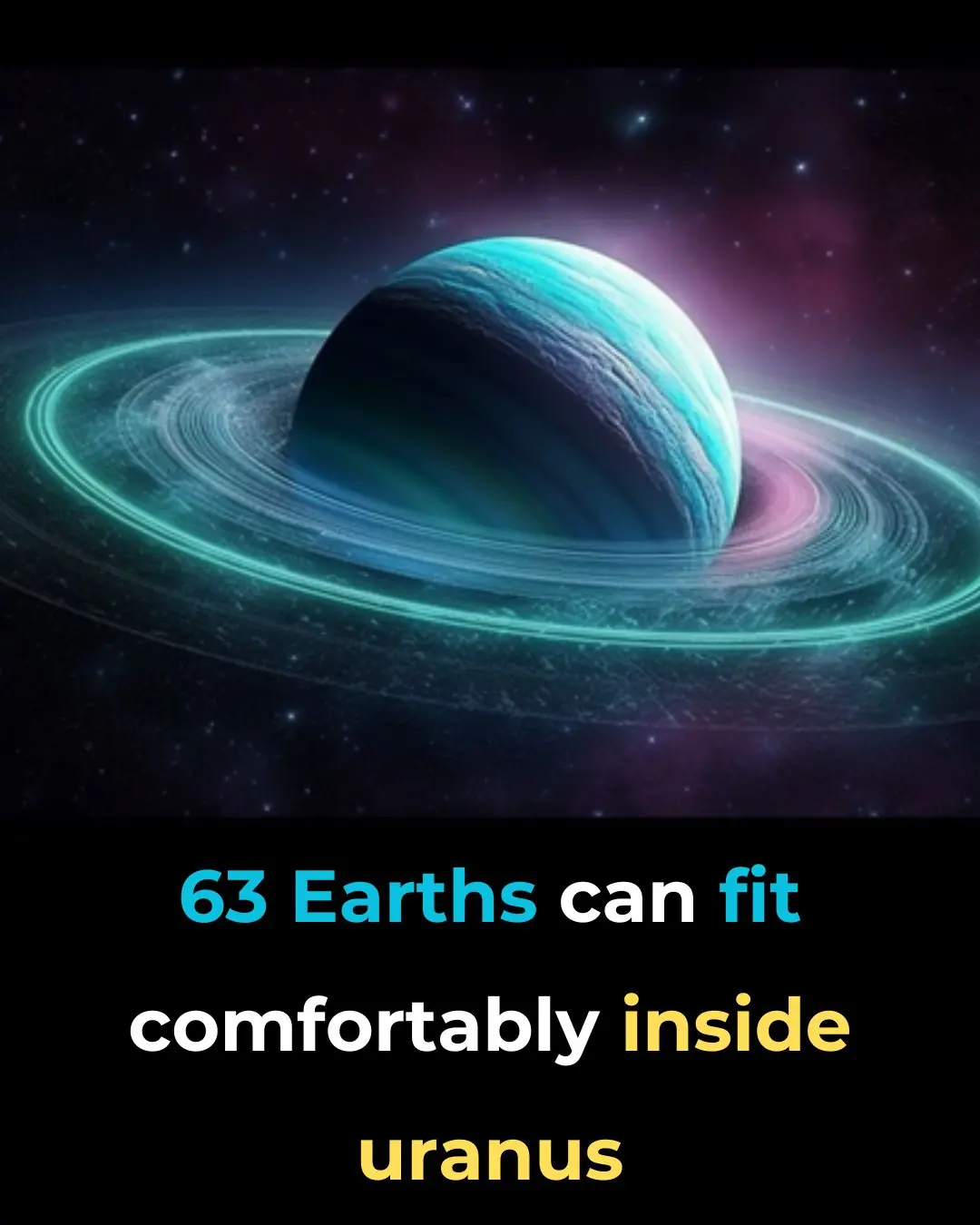
63 Earths Can Fit Comfortably Inside Uranus
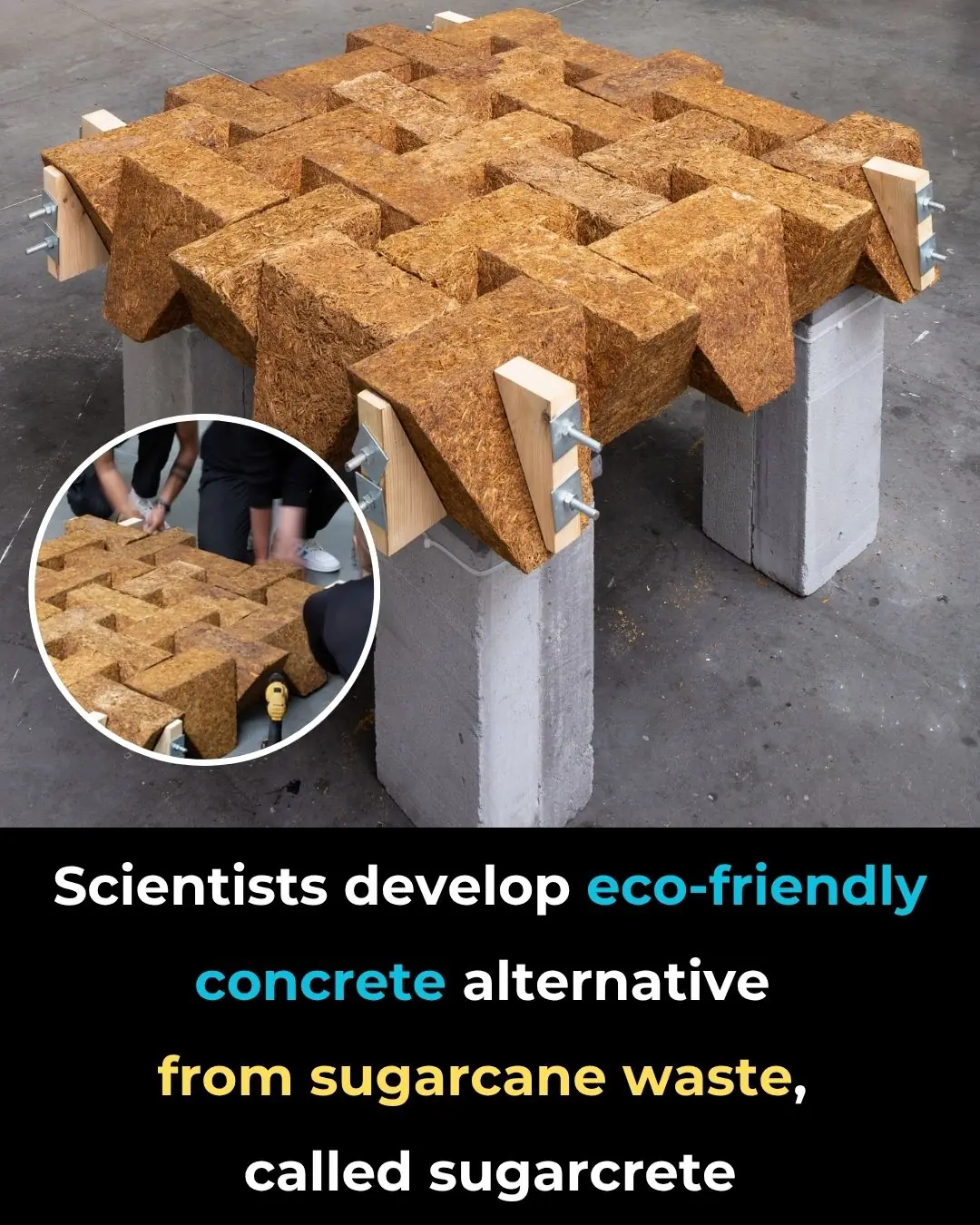
Scientists Develop Eco-Friendly Concrete Alternative From Sugarcane Waste, Called Sugarcrete

Mom Tells Boy He Can Pick Any Animal At Shelter. He Picked This Eldery, Overweight And Shy Cat

A New Study Suggests We Might Be Sitting Inside a Huge Cosmic Void and That Could Solve One of the Biggest Puzzles in Cosmology

What Your Ankle Bracelet Really Says About You — It’s More Than Just Jewelry
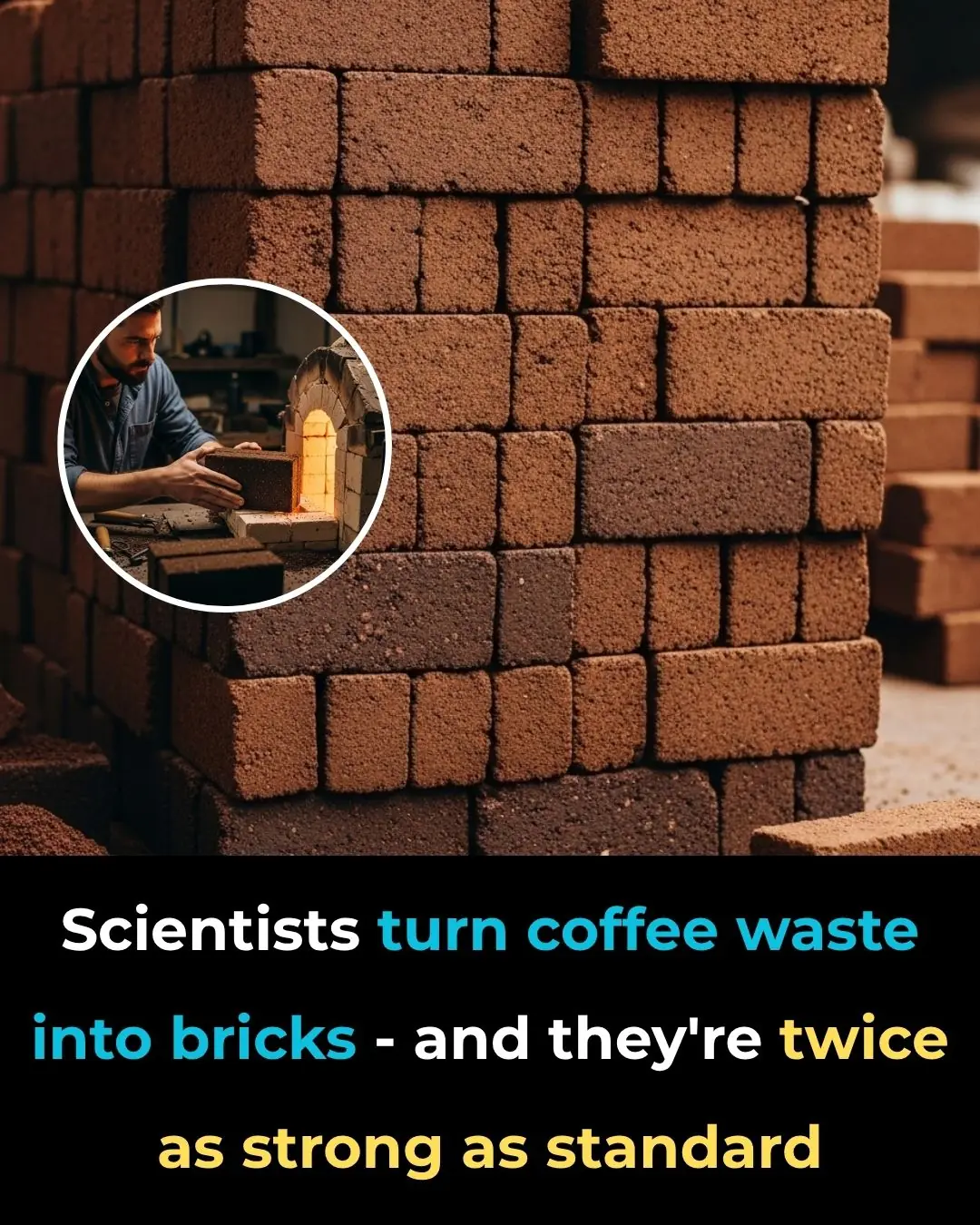
Scientists Turn Coffee Waste Into Bricks—And They’re Twice as Strong as Standard
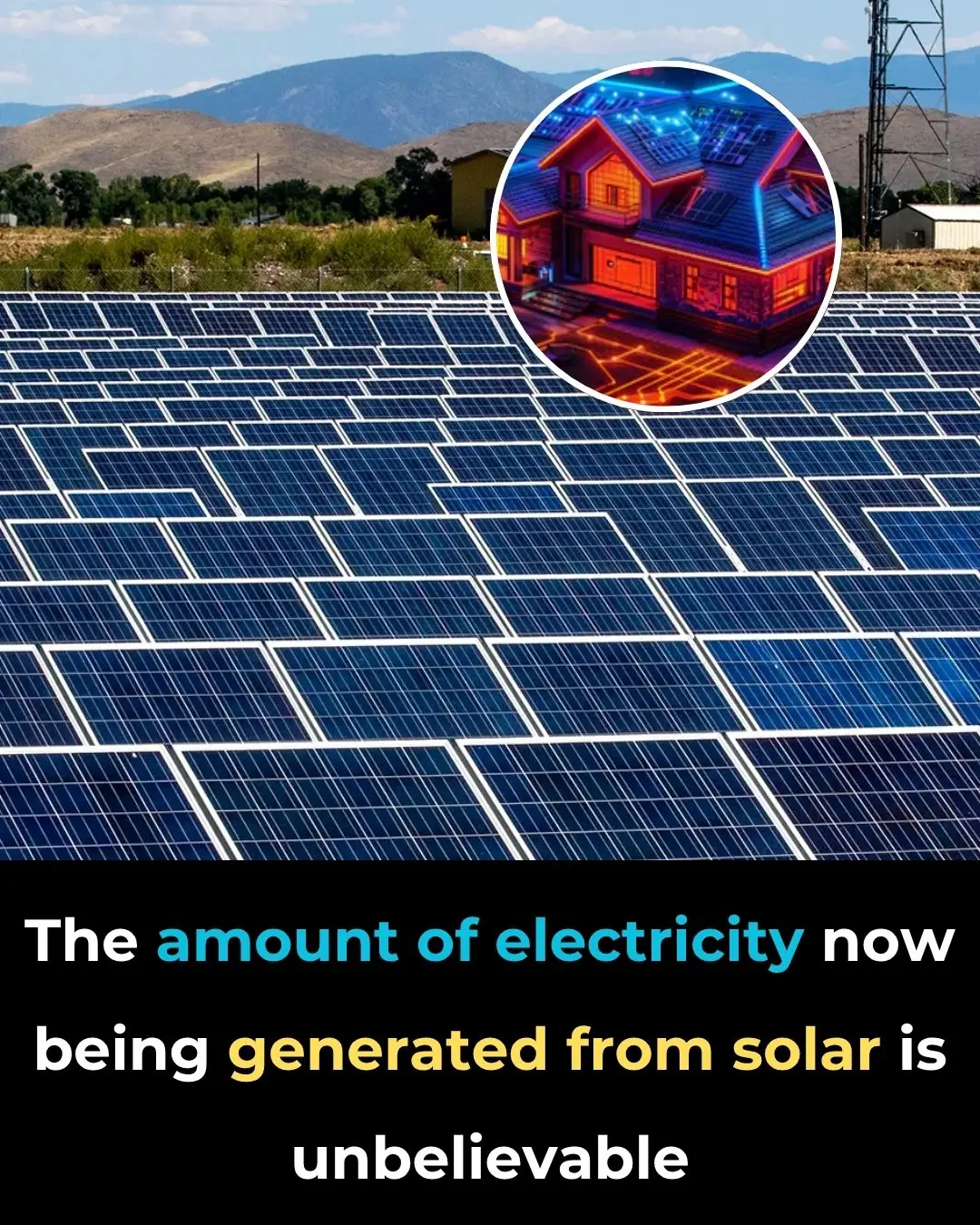
The Amount of Electricity Now Being Generated From Solar Is Unbelievable

Scientists Turn Coffee Waste Into Bricks—And They’re Twice as Strong as Standard
News Post

The Ultimate Stand: A Woman's Fight to Reclaim Her Dream Home from Entitled In-Laws and an Irresponsible Husband
Discover the inspiring story of a woman who worked tirelessly to build her dream home, only to have it claimed by her husband’s family. A tale of strength, resilience, and the ultimate stand for respect and self-worth.

Lip Reader Reveals Shocking Words CEO Said To Woman On Coldplay Kiss Cam

3 Incredible Airplane Stories That Will Leave You Speechless
Discover three shocking and heartwarming true stories that prove anything can happen when you’re 30,000 feet in the air. From conmen to surprising proposals, these tales will leave you in awe.

I Didn't Tell My Husband's Family I Speak Their Language, and It Helped Me Uncover a Sh0cking Secret About My Child
What happens when secrets are buried in a marriage? Discover how a simple misunderstanding and language barrier uncovered shocking truths. Read the story of betrayal, love, and trust in this emotional tale.

“I’m Done Paying!” — The Day She Finally Stood Up to Her Husband’s Family Li3s
Alina, tired of being the financial lifeline for Sergey and his mother, decides it’s time to put herself first. After uncovering the truth about their living situation, she confronts Sergey, forcing him to face the consequences of his neglect. What foll

She Was Paying Rent for Two Years — Until a Stranger in the Elevator Said One Sentence That Changed Everything
For two years, she thought she was paying rent — until a neighbor revealed the apartment belonged to her husband’s mother. Anna quietly uncovered the truth behind the monthly payments, and when the facts were undeniable, she chose to walk away — wi

A little girl shares her lunch with a hungry classmate — years later he shows up at her wedding, and who would have thought
In the noisy cafeteria of an elementary school, a little girl named Lilia noticed a lonely boy with an empty tray. She shared her lunch, expecting nothing in return. Years later, as she stood at the altar in her wedding dress, that same boy—now a succes

Homeless Dad of Four Gives His Last $2 to a Stranger—Wakes Up to a Life-Changing Surprise!
When Brandon, a homeless father of four, gave his last $2 to help an elderly man buy a bottle of water, he had no idea that simple gesture would turn his life upside down. The next day, he inherited a massive company and a lavish estate—only to find him

After the Divorce, My Dad Always Chose His New Family's Kids—But He Didn't Expect This at My Graduation Party
They say family is everything, but sometimes, it’s the family that hurts you most. My name is Sharon, and I’ll never forget the day my father’s favoritism towards his new family crossed the line—only to learn the hard way that actions have consequ

"She Ignored His Letters for 53 Years, But When She Finally Visited Him, She Found a Life Sh@ttered"
They say your first love never fades, but for Bessie Walsh, it wasn’t just her first love that she’d never forgotten—it was the unresolved past that had stayed with her for over five decades.

"My Sister-in-Law Made My Mom Sleep on the Floor During a Family Trip—Here’s What Happened Next"
They say family is everything. But sometimes, family can hurt you in ways you’d never expect. My name is Sharon, and I’m about to tell you how my sister-in-law turned what should’ve been a beautiful family trip into the most humiliating experience f

My Husband and His Mother Tried to Take Our Apartment to His Sister — But My Mom's Response Shut Them Down for Good
When a young wife’s husband and mother-in-law suggested giving away her apartment to his sister, her mother’s calm but powerful response stunned the entire family. A story of betrayal, boundaries, and quiet strength.

10 Habits That Harm Your Heart That You Probably Didn’t Know About

15 Common Cancer Symptoms You Shouldn’t Ignore

The Anti-Cancer Diet: Evidence-Based Cancer-Fighting Foods for Prevention

If Facebook Is Not Spying on Us, Why Do We Get Ads for Things We Speak About?

We are receiving strange radio signals from deep beneath the Antarctic ice. No one knows why.

Healing Power And Important Safety Tips Of Castor Leaves

Man Kicked Out of Dubai on £3,000 Holiday Over His Face Tattoos
